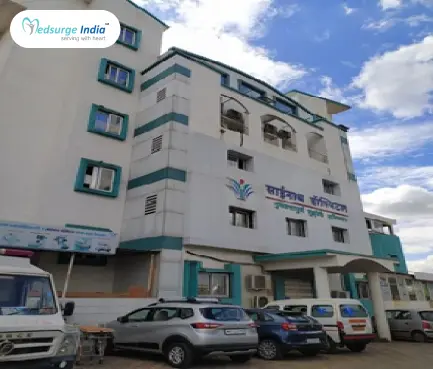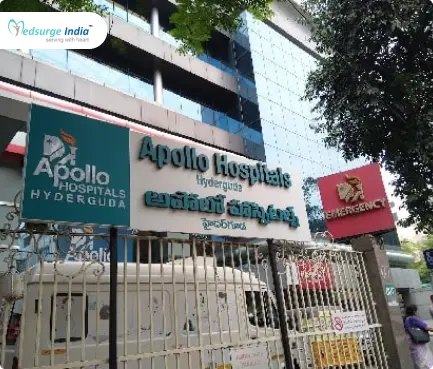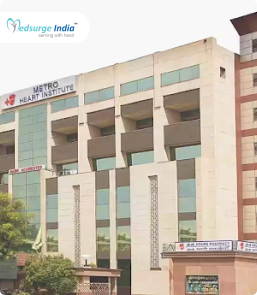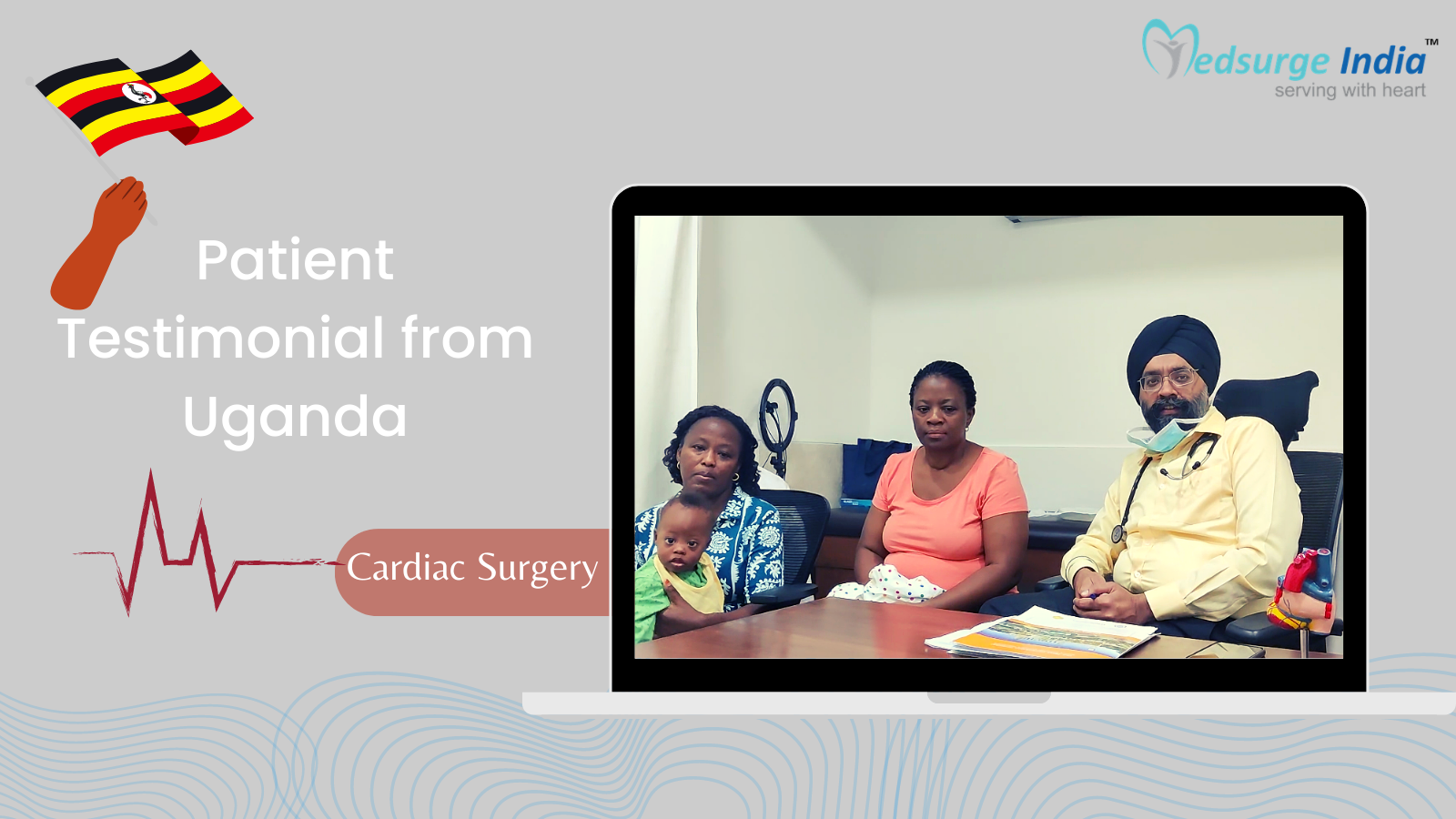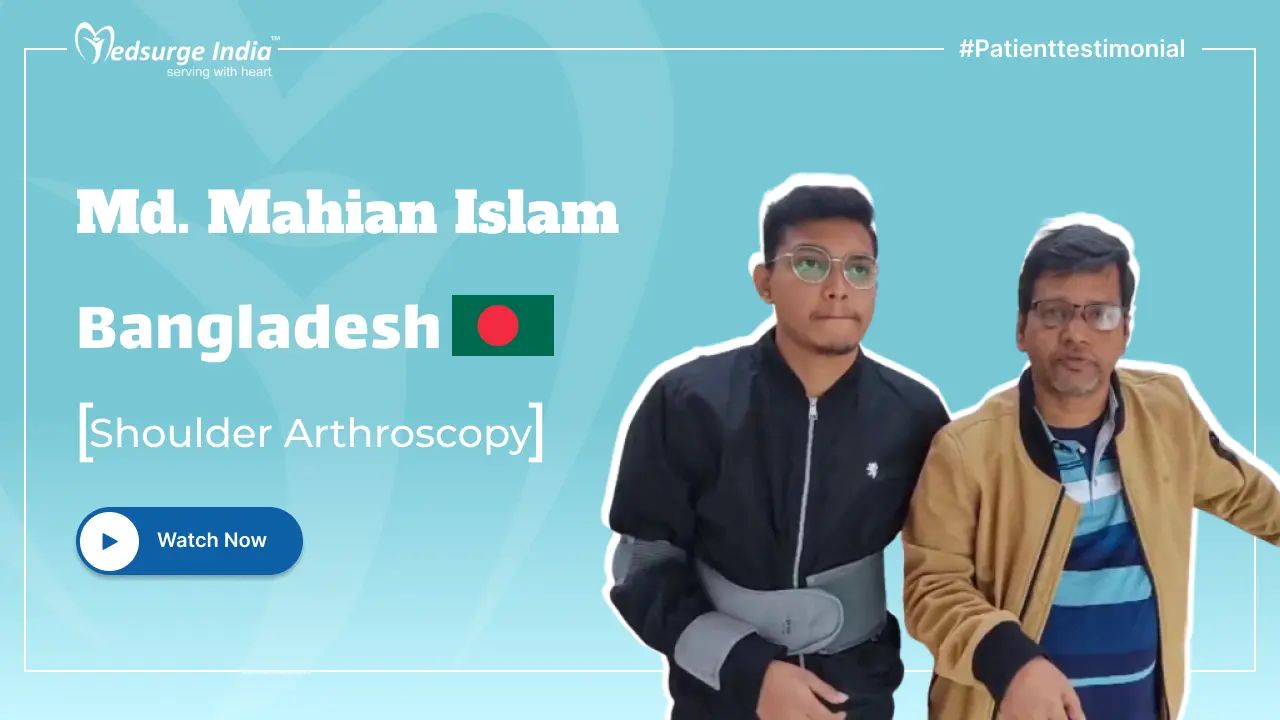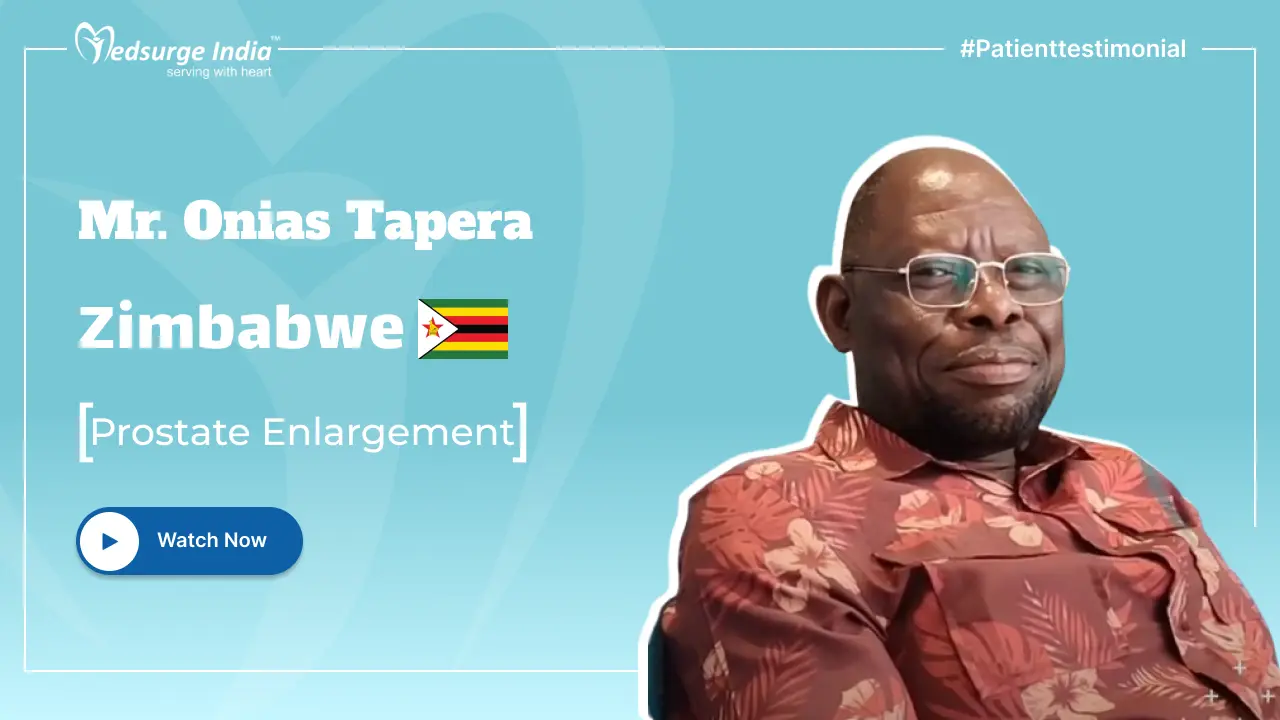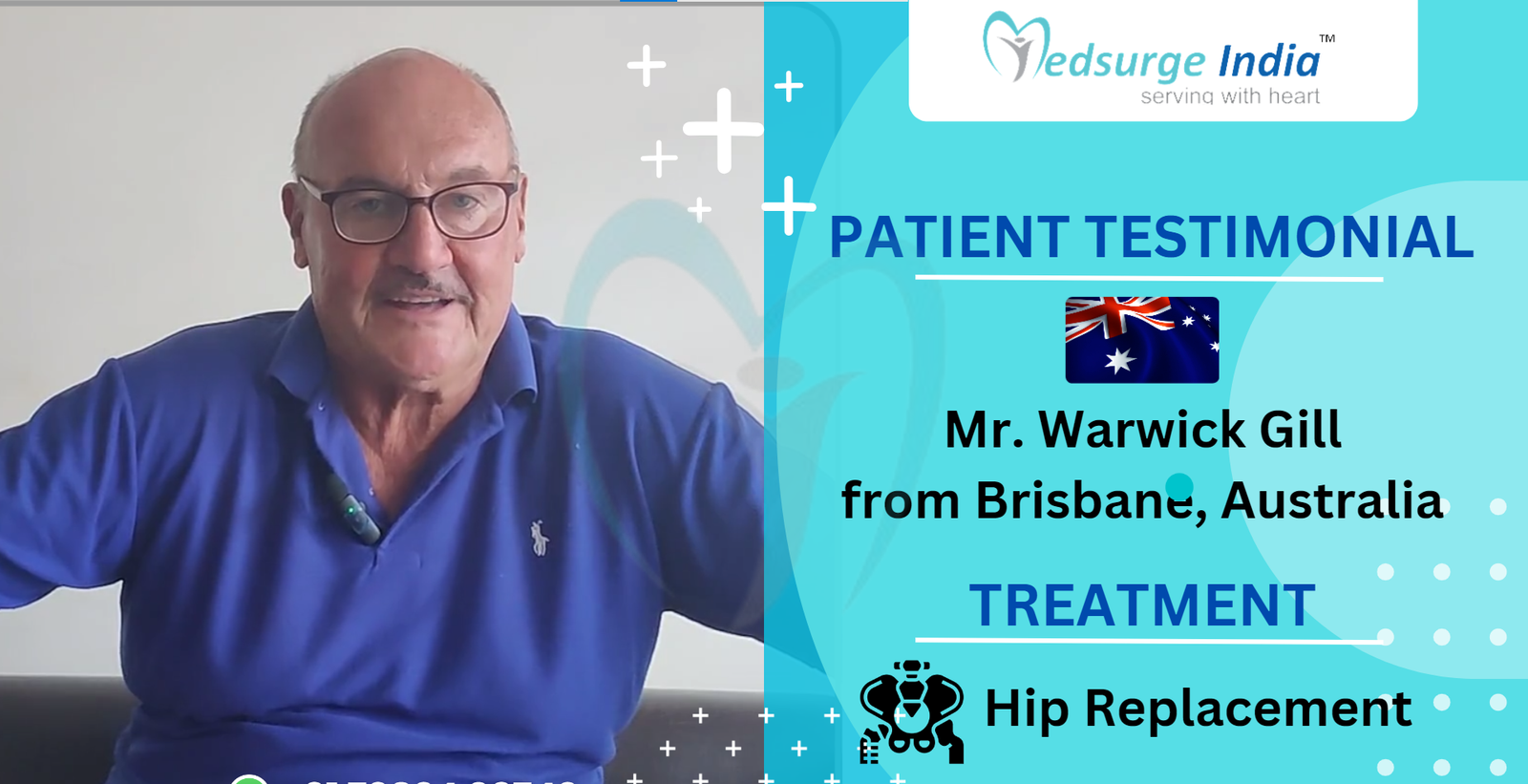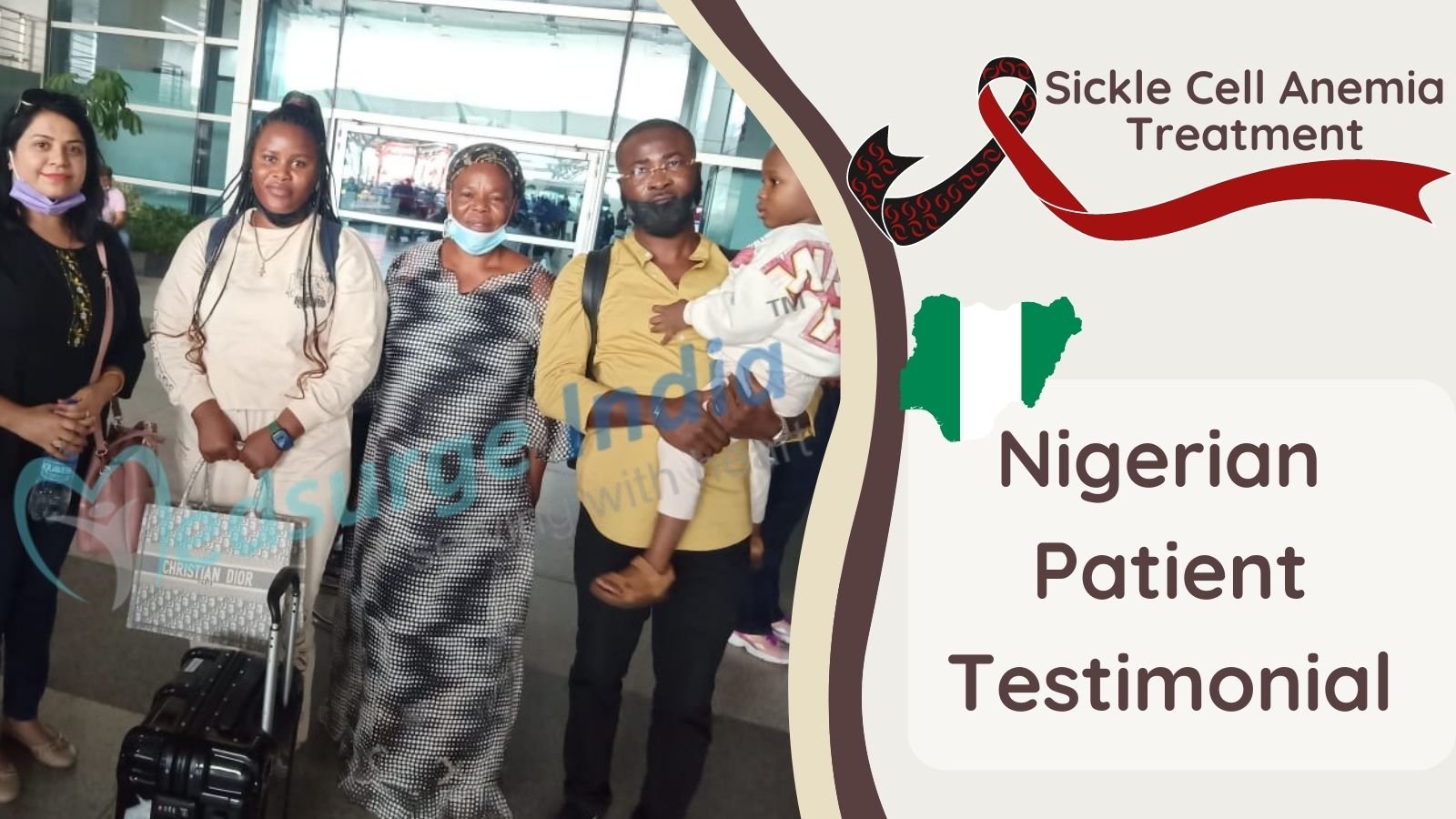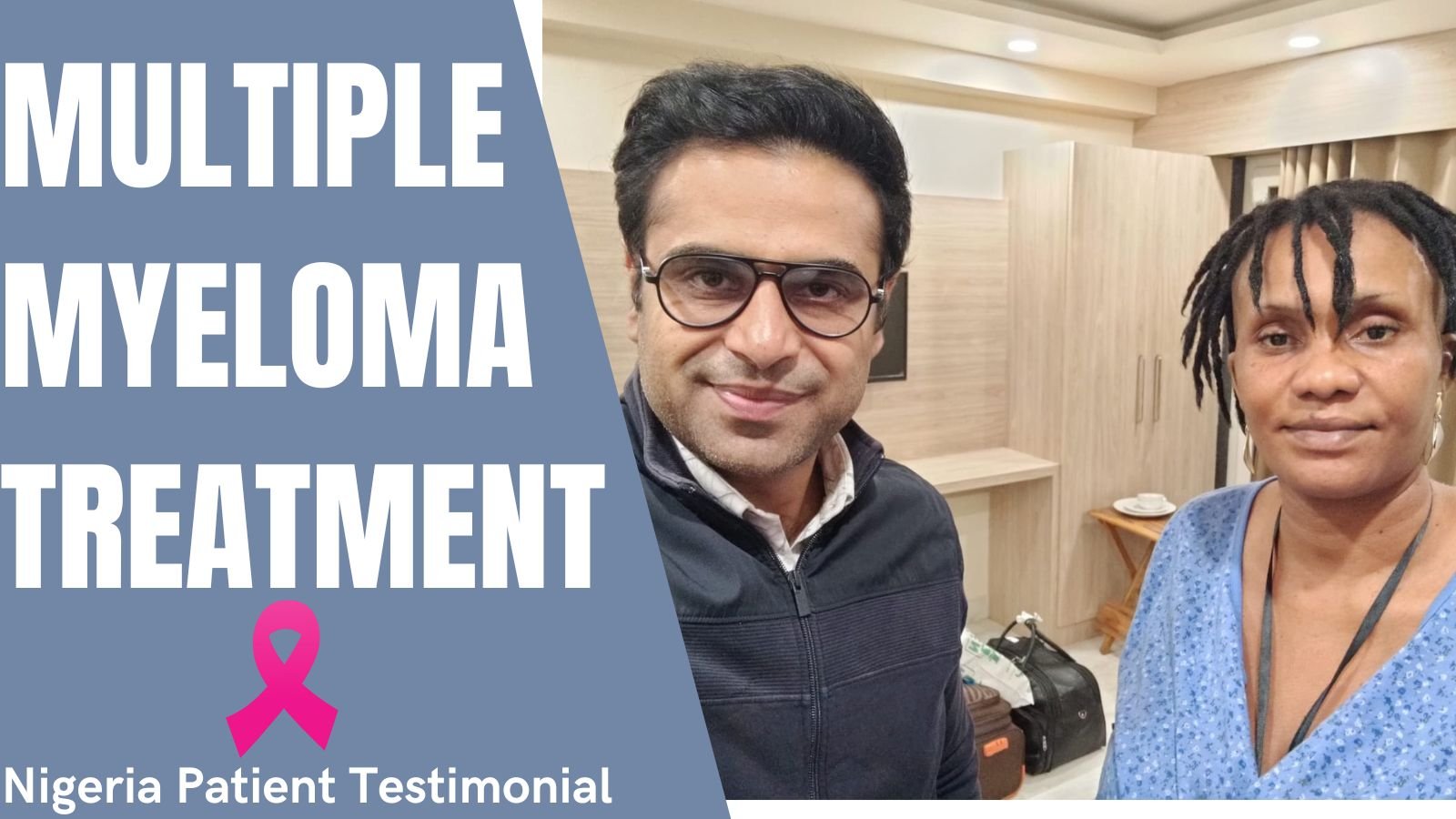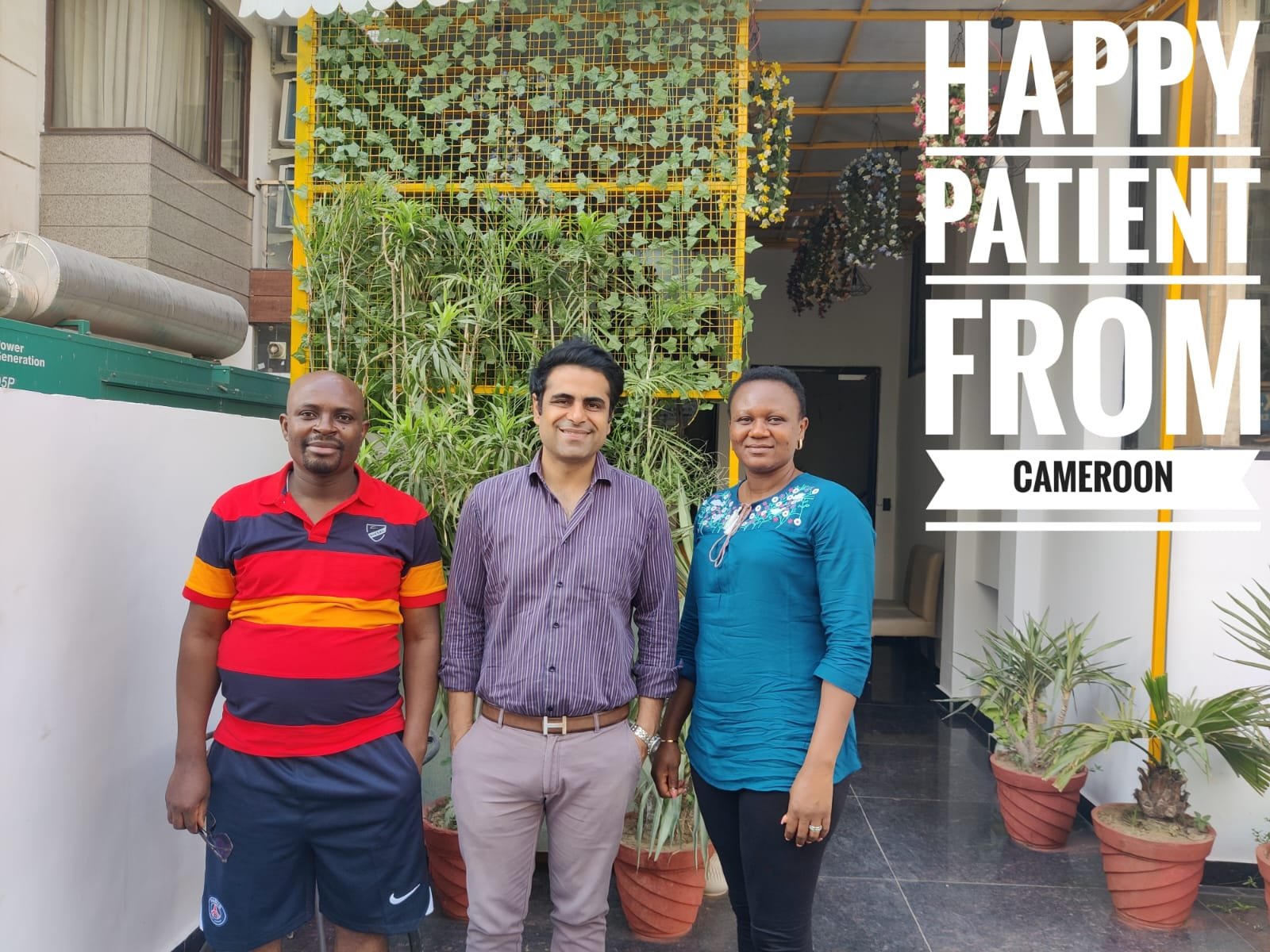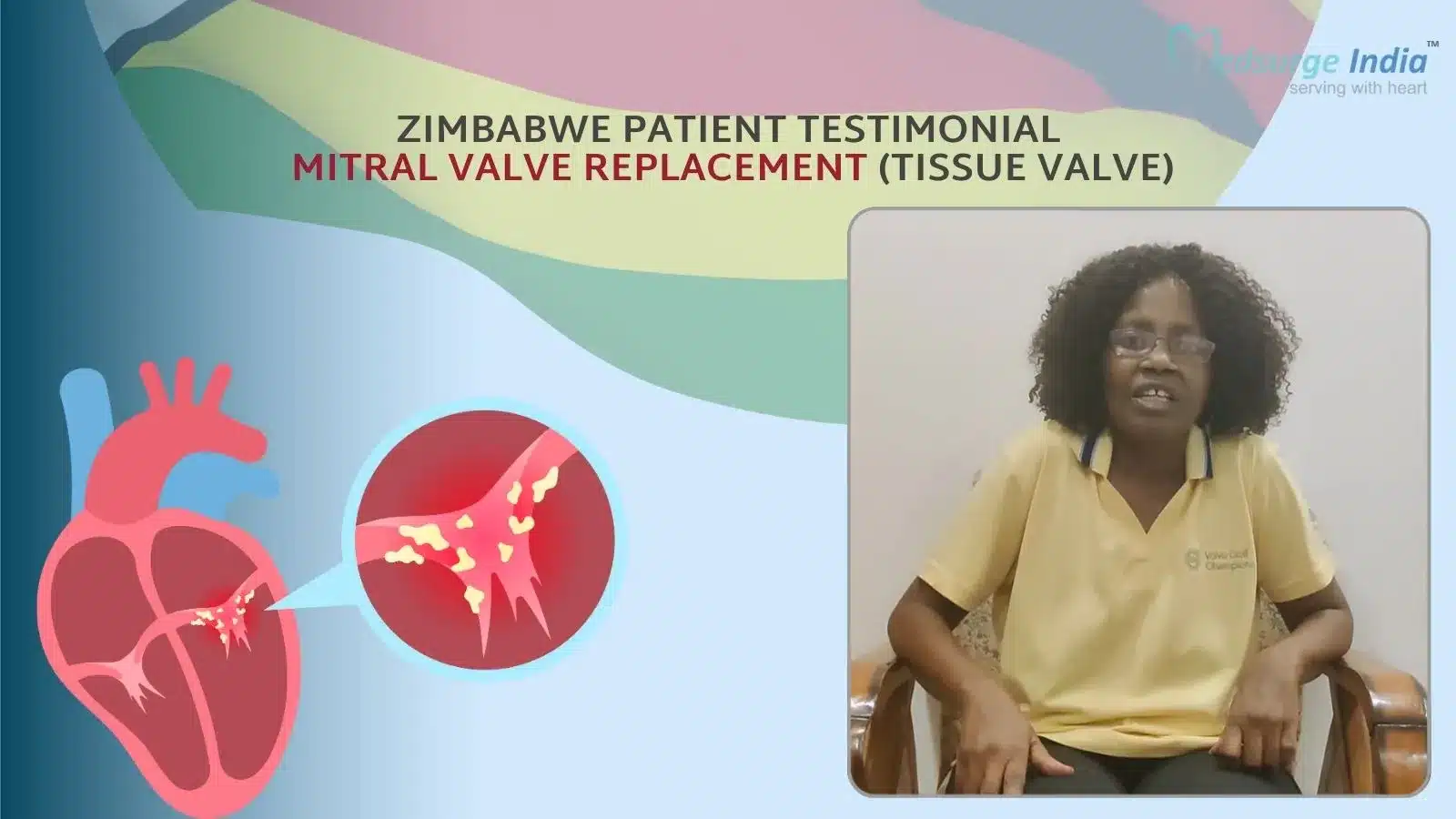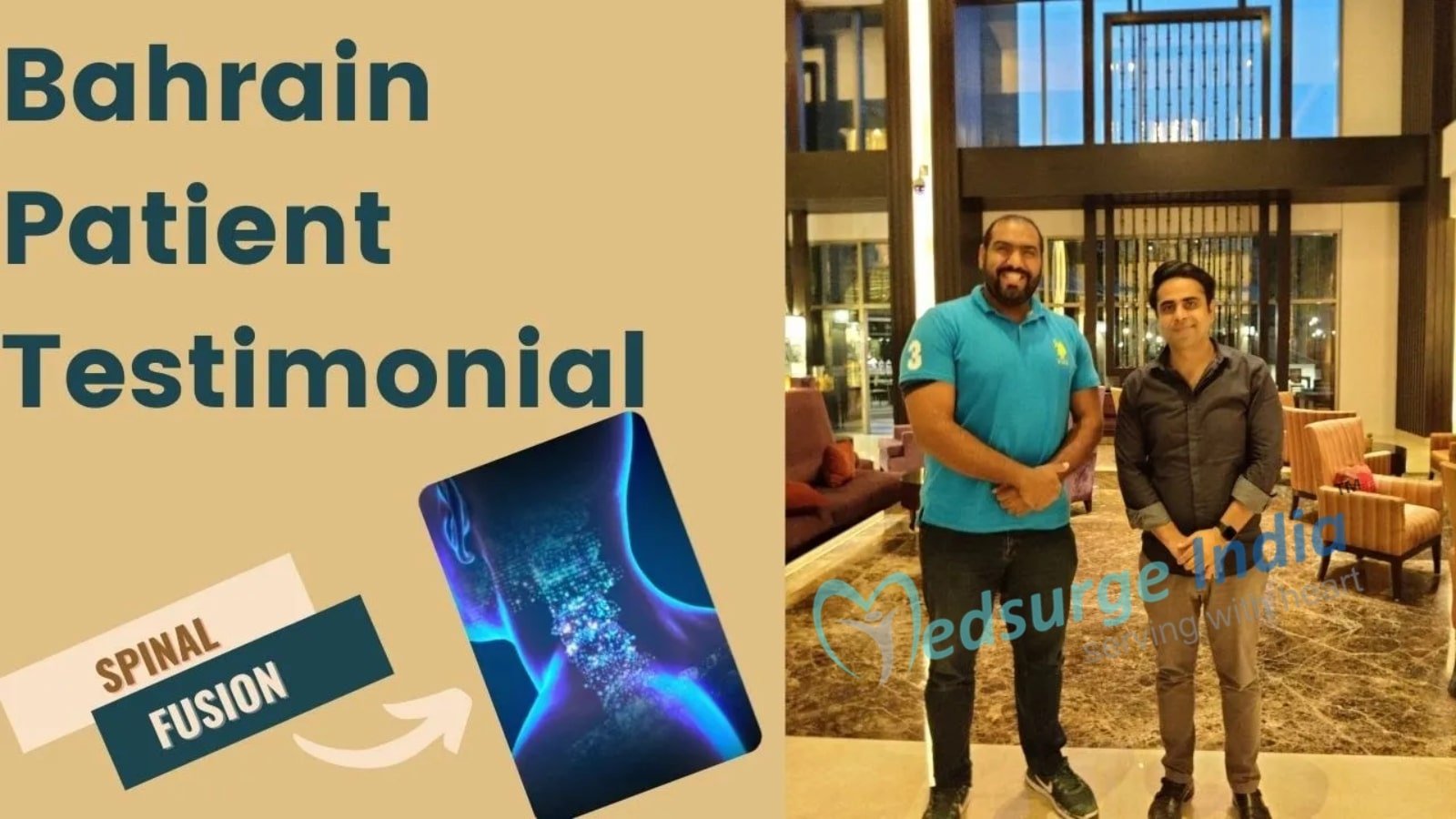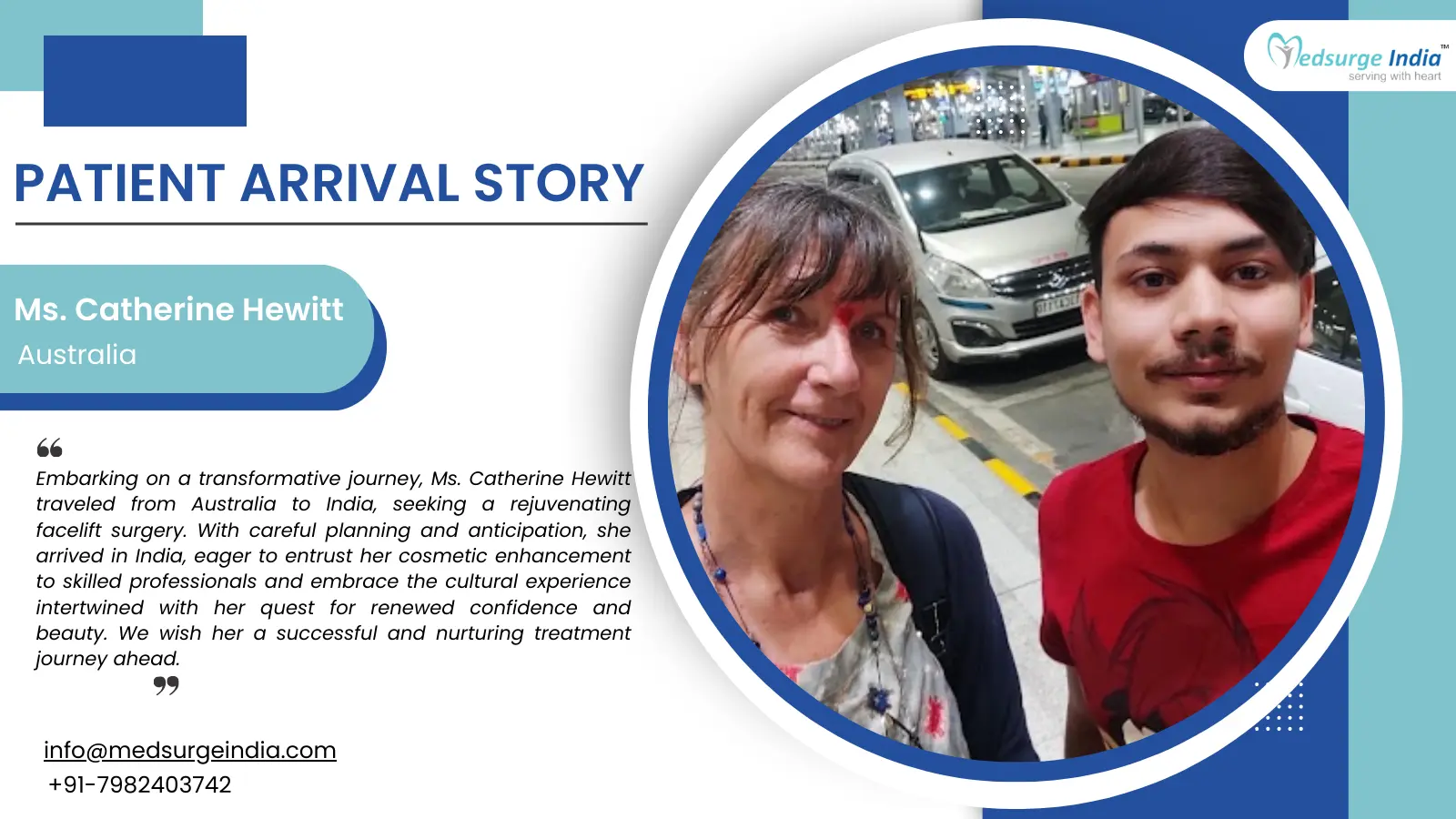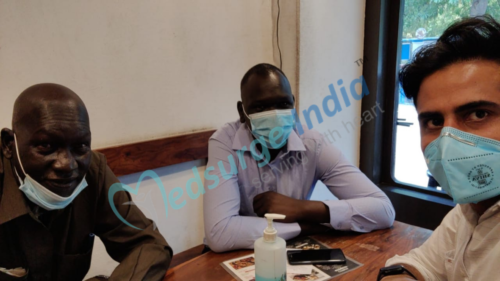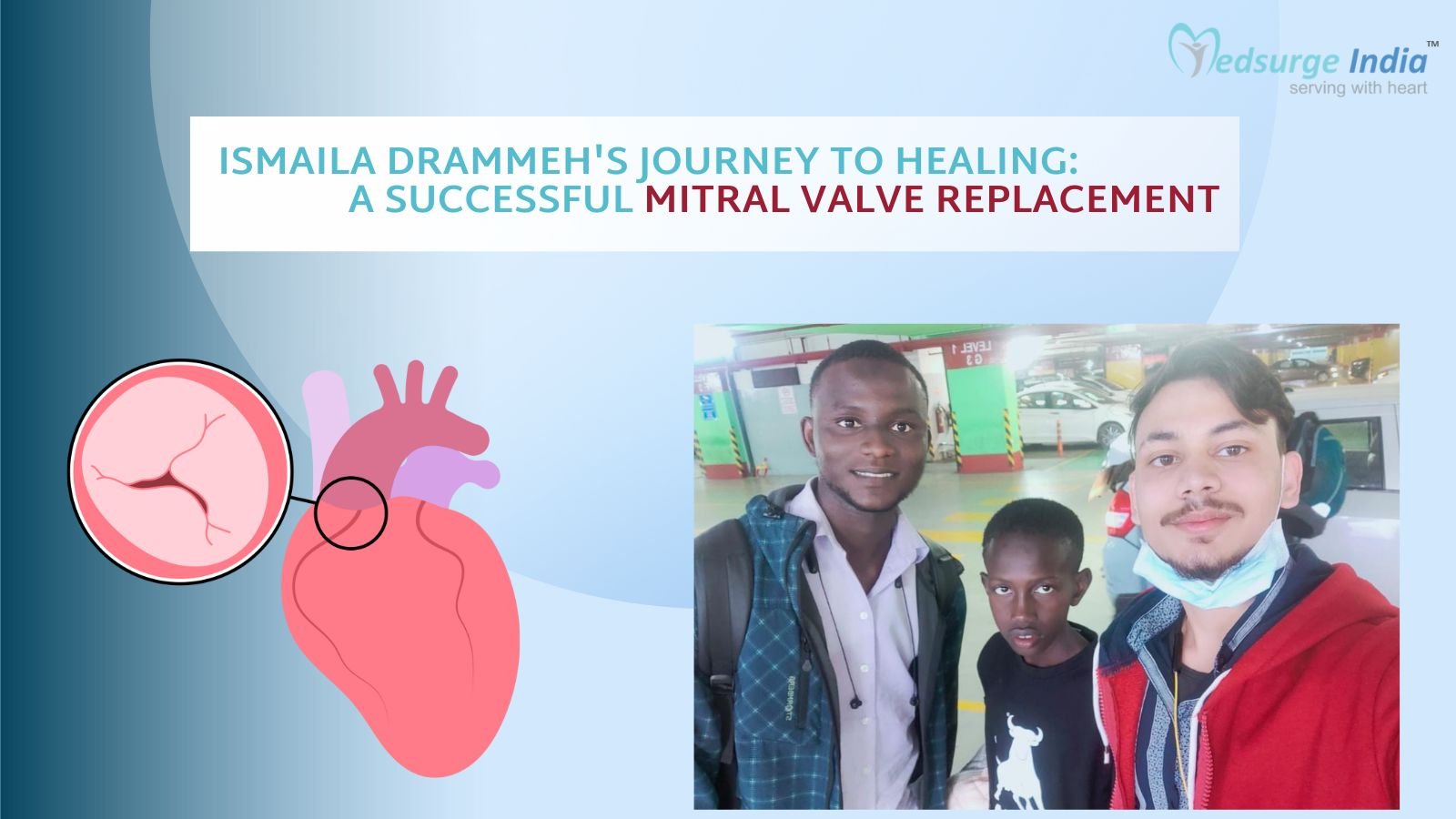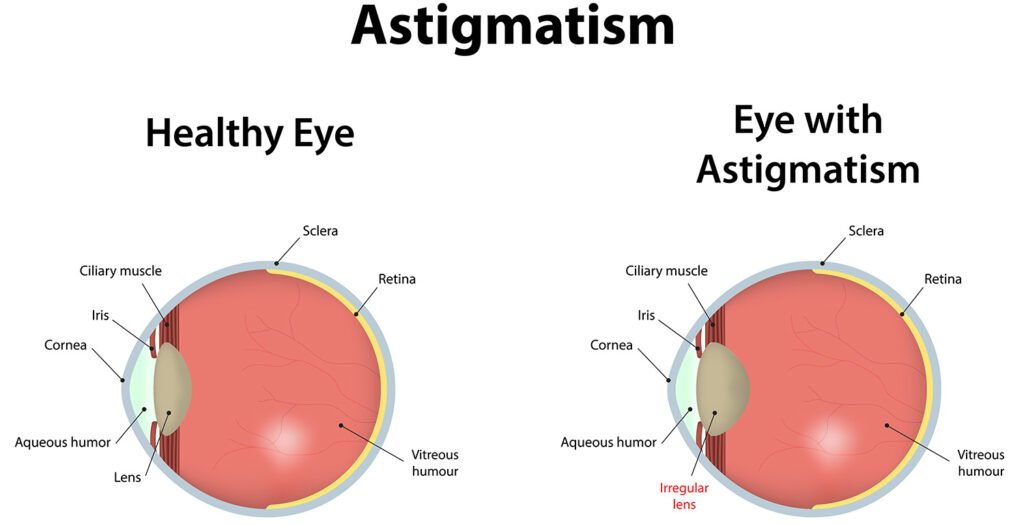
It is a common vision problem at which the eye can’t accurately focus on the light in a focal point resulting in a blurry vision on objects near and far. The harshness of the blur is characterized by the size of Astigmatism. If left unattended, Astigmatism can get worse with age.
In Astigmatism, the curvature of the lens or eye is irregularly shaped like a soccer ball as opposed to a football. This causes light rays to fall on the retina rather than focusing at one point on the retina that’s in the rear of your eye.
When the cornea of the eye is irregularly shaped, it’s known as Corneal astigmatism. After the lens of their eye is twisted, it’s called Lenticular astigmatism. Corneal astigmatism is more prevalent than the latter.
having to continuously change your lens power might be a real hassle and of course altering your contact lenses frequently or update your eyeglasses. Why should you drain yourself if you can just get your own eyes fixed for the rest of your life? Before it gets any worse, select from our specialist eye surgeons and physicians to acquire your typical vision back – better eyesight, better lifestyle.
Causes of Astigmatism
- Once the curvature of the cornea or lens is unequally curved.
- Once the curvature of the lens shift inducing Astigmatism to grow or decrease. This may eventually lead to cataracts.
- Following an eye injury or eye surgery.
- Keratoconus a rare illness once the cornea progressively becomes thinner or cone-shaped. This leads to tremendous vision loss which can’t be adjusted by eye-glasses.
- People may also be born with a certain degree of astigmatism. They might also possess other refractive errors like nearsightedness (myopia) or farsightedness (hyperopia).
Types of Astigmatism
The kind of astigmatism is dependent upon the curve of the meridian of the eye that’s perpendicular to another meridian. Before we are aware of the types, let us look to the technicalities of that which lies below.
Meridian of the eye imaginary lines is drawn round the eyeballs with the middle of the student as the rod. These lines intersect at the poles. These lines are called the meridians. The steepest and flattest of those meridians are known as the Primary quadrant.
There are Many Kinds of Astigmatism However, the most common three are:
- Myopic astigmatism: If both the main meridians of the eye are nearsighted. If both of them are nearsighted, they’ll both have a varying level.
- Hyperopic astigmatism: One or both flaws become much sighted. If the two meridians are farsighted, they’re hyperopic at various levels.
- Mixed astigmatism: This happens if one main meridian is nearsighted while another meridian is far-sighted.
Regular and Irregular Astigmatism
Because of refractive errors, Astigmatism may be regular or irregular based on how vertical principal meridians of the retina are. Normal astigmatism has meridians which are 90 degrees apart from each other with uniform curvature at each point throughout the entry of the student.
Irregular astigmatism has meridians which aren’t perpendicular to one another. The main meridians are always in a variance other than 90 degrees from one another. The curvature isn’t uniform and affects at each point throughout the entry of the student.
Symptoms of Astigmatism
- Blurred or distorted vision
- Eyestrain
- Headache
- Squinting to see near and far objects
- Difficulty seeing at night
- Tired eyes
Diagnostic Tests
Tests could be among the following:
- Vision evaluation: you’ll be asked to read letters on a graph, 20 feet away from you. The evaluation comprises close vision, distance vision, and also, Amsler grid test.
- Refraction test: you’ll be requested to check into a refractor apparatus named Phoropter. As you look through it, the physician will set many lenses and you’ll be requested which lens can help you find the ideal. Your physician can also utilize a hand-held apparatus named Retinoscope to assess the eyes.
- Keratometry: A keratometer can be utilized to assess the curvature of your cornea. By focusing light in your retina, it steps the deepest and flattest section of the curve. This assists in prescribing the right dimension for wearing contact lenses.
- Corneal topography: it’s a sophisticated technology to find out if or not surgery for astigmatism or Illness is necessary. As you start looking into something special from the apparatus, tens of thousands of small dimensions are collected from the retina. From this information, a computer assembles a color map that can determine your situation. This might also be employed to fit contact lenses or diagnose keratoconus, large quantities of astigmatism.
Treatment of Astigmatism
To cure Astigmatism, your physician can prescribe optical care using glasses or contact lenses called a toric lens. However, for severe astigmatism, refractive surgery might be the best choice possible.
Various surgeries Accessible are:
- Laser-assisted in-situ keratomileusis (LASIK): A operation to reshape the cornea by producing a thin, hinged flap in the cornea so it can concentrate light rays.
- Laser-assisted subepithelial keratectomy (LASEK): Instead of producing a flap, the surgeon loosens the thin, protective covering of the embryo called the epithelium using distinctive alcohol.
- Photorefractive keratectomy (PRK): The surgeon removes the epithelium which develops back naturally to adapt to the contour of the embryo.
- Epi-LASIK: comparable to LASEK, a technical mechanical blunt blade is used, as opposed to an alcoholic to divide the thin sheet of this epithelium.
- Astigmatic keratotomy: Earning miniature cuts to the steepest curves of the retina to permit light rays to focus exactly on the retina.
Get Free Cost Estimation
Procedure
Before Procedure
- Full test of your eyes such as evaluations such as corneal thickness, eyesight, blur, and prescription analyzing, eye pressure, and pupil dilation.
- Make sure that your physician is completely educated about your health history and medications being taken.
- Your physician will provide you the ideal alternative for an operation that’s acceptable for you.
- Make sure you don’t wear cosmetics a couple of days prior to operation to stop any disease.
- Make certain your face is sterile with creams, moisturizers, or perfume to prevent contact with the eye and also lead to eye infections.
- If you wear soft contact lenses, then change to wearing eyeglasses one week prior to surgery. In the event of hard contact lenses, then begin wearing glasses to four weeks before surgery.
- Prevent alcohol a couple of days prior to operation.
- Wear something comfortable that isn’t wool and lint-free on the afternoon of operation.
During Procedure
- Anaesthetic eye drops will be treated to the eyes to numb them.
- The laser operation will probably be approximately half an hour and you’ll be in the operation room for approximately 2 hours.
- You will lie flat on the bed and the laser is going to be put right in line with your eye which is to be worked.
- A prop known as the speculum is going to be fitted to hold your eye open.
- To LASIK, the surgeon makes a hinged flap on top of your cornea to expose the tissue mattress. An excimer laser can be used to reshape your cornea. The flap is substituted for recovery.
- If it’s SMILE operation, the surgeon creates a 3mm keyhole entrance point using a laser. Inside the cornea, an exact lens-shaped disk of tissue is made that is later eliminated via the keyhole incision.
- With ASLA(PRK or LASEK), a topical remedy is administered at the eye to remove the upper layer of corneal cells. A reshaping of the cornea tissue is performed with the support of an excimer laser. A bandage contact lens is set to help the healing procedure.
- If the two eyes require surgery, it’ll be run on precisely the exact same day.
After Surgery
- Your vision will be blurred for a while but you might have the ability to see distant objects.
- You’ll be requested to rest awhile until you’re sent off the house.
- You’ll be given treated eye-drops to utilize and also a follow-up appointment will be scheduled only one or 2 days later.
- Your eyes can appear water and red substantially, but that is normal.
- Avoid rubbing your attention at any given price.
- You’ll be given eye drops such as — antibiotic, steroid, and lubricating eye drops.
- Depending upon your operation, you’ll have the ability to observe another morning or 2 –3 weeks.
- In case you had an ASLA, then you might experience pain, but oral drugs will be offered.
- Your eye lens is going to be removed 3-4 days after the operation.
- You should refrain from wearing eye-makeup for a few weeks, prevent swimming and exercise and contact sports for 2 – 4 weeks.
Complications
Every operation isn’t without complications. The majority of the issues might be solved with medical therapy or other enhancement operation. Possible results could be:
Temporary discomfort and visual disturbances Such as Undergoing halos, glares in Reduced light, especially in the night. Hazy Eyesight and Decrease in the sharpness of the Eyesight
- Dryness of the eyes
- Flap complications
- Eye Disease
- Residual refractive error
- Keratoectasia
- Regression
- Epithelial Expansion
Factors Affecting Cost of the Treatment
The expense of Refractive surgery is based upon the sort of treatment. It may on average, begin from $300 and over. Besides this, There Might Be other variables that may be considered:
- The hospital the patient chooses
- Location of the selected hospital
- Tests and diagnostic procedures
- Surgeon’s fee
- Cost of surgery
- Cost of follow-up
- Cost of medications
Medsurge India offers the best Astigmatism Treatment Cost in India at an affordable price for international patients coming to India under the supervision of the most trained doctors.
The Most Important Frequently Asked Questions
Q: What Treatments Are Available for Astigmatism?
A: If you’ve got a mild type of Astigmatism, then your physician will suggest wearing eyeglasses or contact lens or possibly. You might even choose surgery if it’s severe.
Q: What Are the Surgical Options?
A: Depending upon your condition, choices available are — LASIK, LASEK, Photorefractive keratectomy (PRK), Epi-Lasik, and Astigmatic keratotomy.
Q: What Is the Success Rate of These Surgeries?
A: 96 percent of individuals have vision 20/20 or better.
Q: Can Surgery Make Me Blind?
A: There is little (1 in 5 million) or no chance of surgery causing blindness.
Q: How Long Is the Operation?
A: It takes 30 minutes for Lasik operation but generally, you’ll be in the operation theatre for approximately 2 hours.
Q: Do I Need a Hospital Stay?
A: No, you do not. Surgery is done inside the day and you’ll be able to go home shortly after.
Q: How Long Will I Take to Recover?
A: Depending on the operation, it requires a week to return to regular activities.
Q: How Soon Can I Face the Computer Screen Again?
A: You may be on your personal computer when your vision is crystal clear and the discomfort has subsided.
Q: When Can I Exercise?
A: Physical practice particularly contact sports or swimming isn’t advisable until 3 –4 weeks following the operation.
Q: Do I Need to Carry a Yellow Fever Vaccination Certificate When I Travel to India?
A: Yes. If you’re traveling from Africa, South America, or other areas where yellow fever is located. Click here to confirm the list of states. Both adults and children will need to take the certification.
Q: Do I Need Oral Polio Vaccination Certificate?
A: Yes. All travelers from Afghanistan, Pakistan, Kenya, Ethiopia, Nigeria, Somalia, and Israel should carry a Cosmetic Polio Vaccination (OPV) Certification which must be taken not earlier than 6 weeks prior to entrance. This principle applies to both adults and kids.
Q: Can I Get a Visa on Arrival If I Travel to India for My Treatment?
A: Yes if You’re from Japan, Cambodia, Finland, Indonesia, Philippines, Luxembourg, Myanmar, New Zealand, Singapore, South Korea as well as Vietnam. Travelers from Bhutan, Nepal, and Maldives can enter India with No visa up to 90 days.
Q: What Are the Eligibility Requirements for a Medical Visa to India?
A: If you’ve got a valid passport and visa and are looking for medical care in a reputed and recognized hospital in India, then it is possible to make an application for a medical visa to India. In accordance with 2 attendants that are blood, relatives may accompany the individual under different attendant visas.
Top Hospitals for Astigmatism Treatment in India
Top Doctors for Opthalmology
Dr. Vandana Khullar
Senior Consultant
Experience: 24 years of experience
Pushpawati Singhania Research Institute (PSRI), New Delhi
NewDelhi, India
Dr. Ratish Chandra Paul
Consultant
Experience: 12 years of experience
Susrut Eye Foundation and Research Centre, Kolkata
Kolkata, India
Dr. Smita Sachdeva Kapoor
Senior Consultant
Experience: 17 years of experience
Centre for Sight Eye Hospital, Sector 16A, Gurgaon
Faridabad, India
Dr. Ajay Sharma
Senior Consultant
Experience: 28 years of experience
Apollo Spectra Sheetla Hospital & Eye Institute Pvt. Ltd., Gurgaon
Gurgaon, India
Dr. Vanita Pathak Ray
Director
Experience: 17 years of experience
Centre for Sight Eye Hospital, Banjara Hills, Hyderabad
Hyderabad, India
Dr. Syed Maaz Mohiuddin
Professor
Experience: 15 years of experience
Centre for Sight Eye Hospital, Basheerbagh, Hyderabad
Hyderabad, India
Dr. Carreen Pakrasi
Director
Experience: 30 years of experience
Medanta – The Medicity, Gurgaon
Gurgaon, India
Dr. Shuchi Verma
Consultant
Experience: 17 years of experience
Fortis Memorial Research Institute, Gurgaon
Gurgaon, India
Dr. Paresh Vaidya
Director
Experience: 25 years of experience
Centre for Sight Eye Hospital, Rander Road, Surat
Surat, India
Dr. Jayanti V
Experience: 32+ years of experience
Manipal Hospital, Mandi Mohalla, Mysore
Mysore, India
Dr. Mahalakshmi B
Senior Consultant
Experience: 16+ years of experience
Narayana Multispeciality Hospital, R S Naidu Nagar, Mysore
Mysore, India





